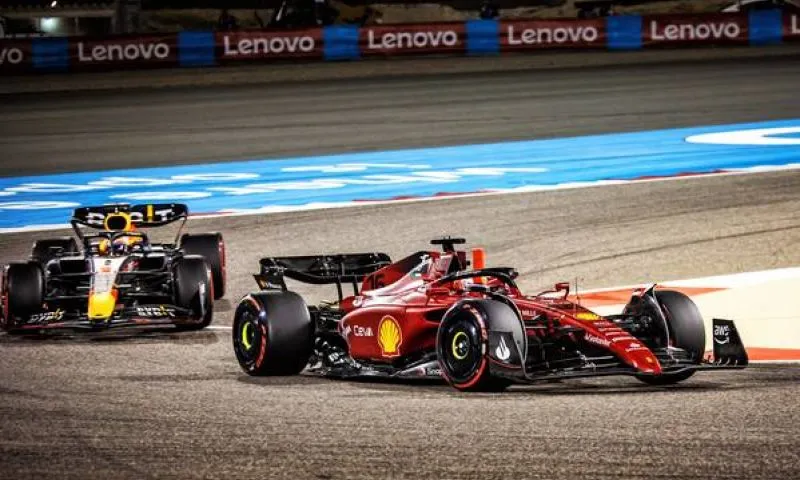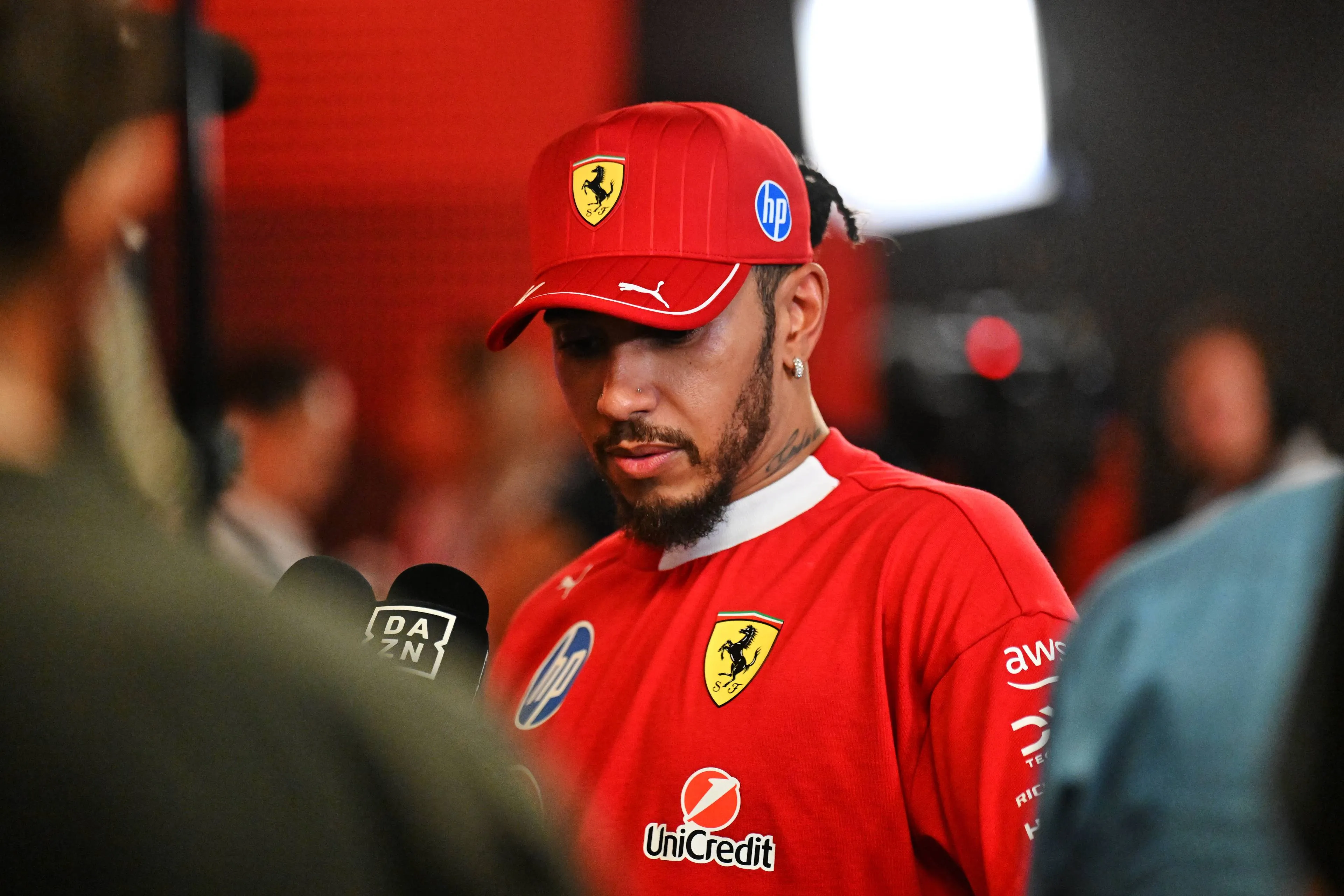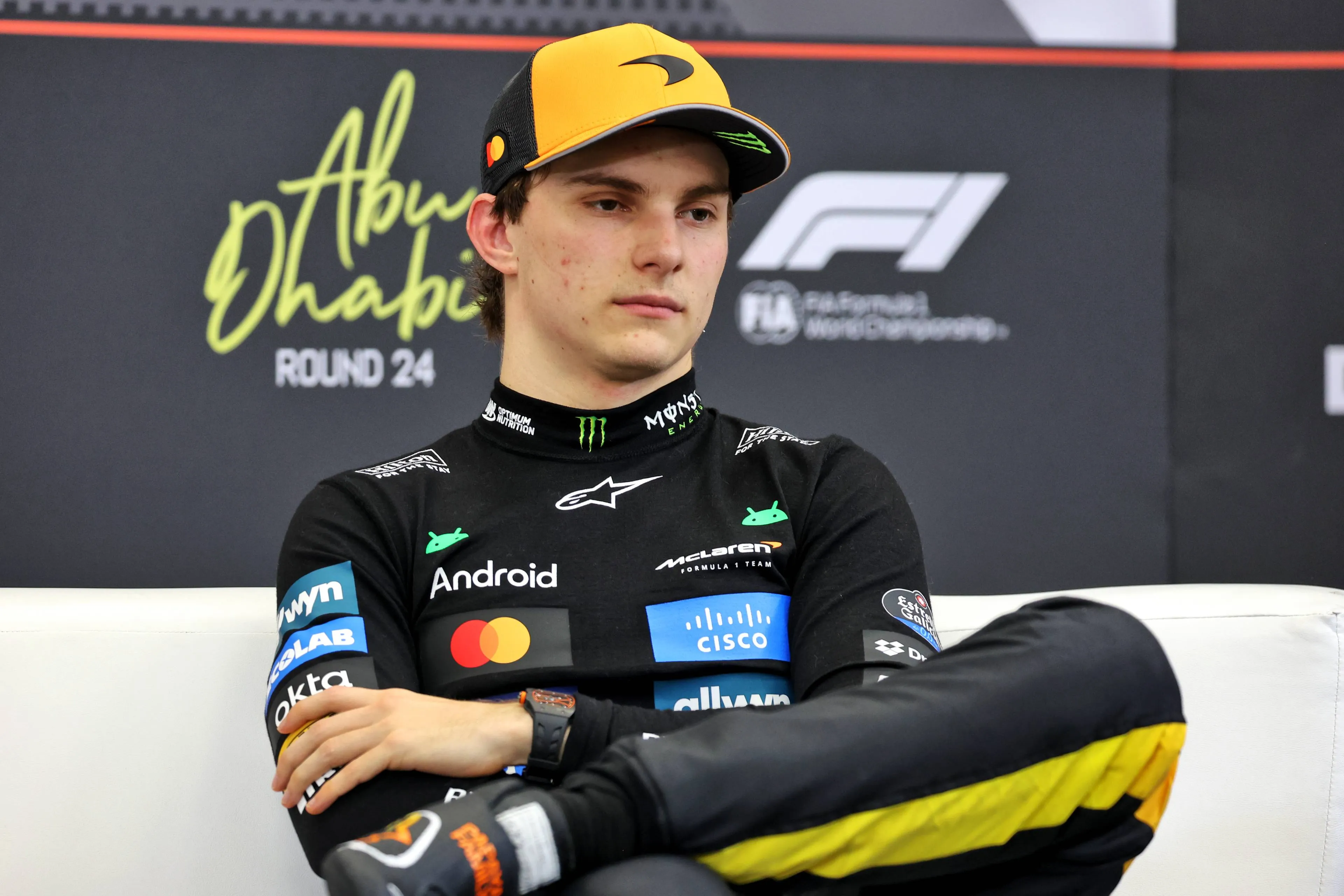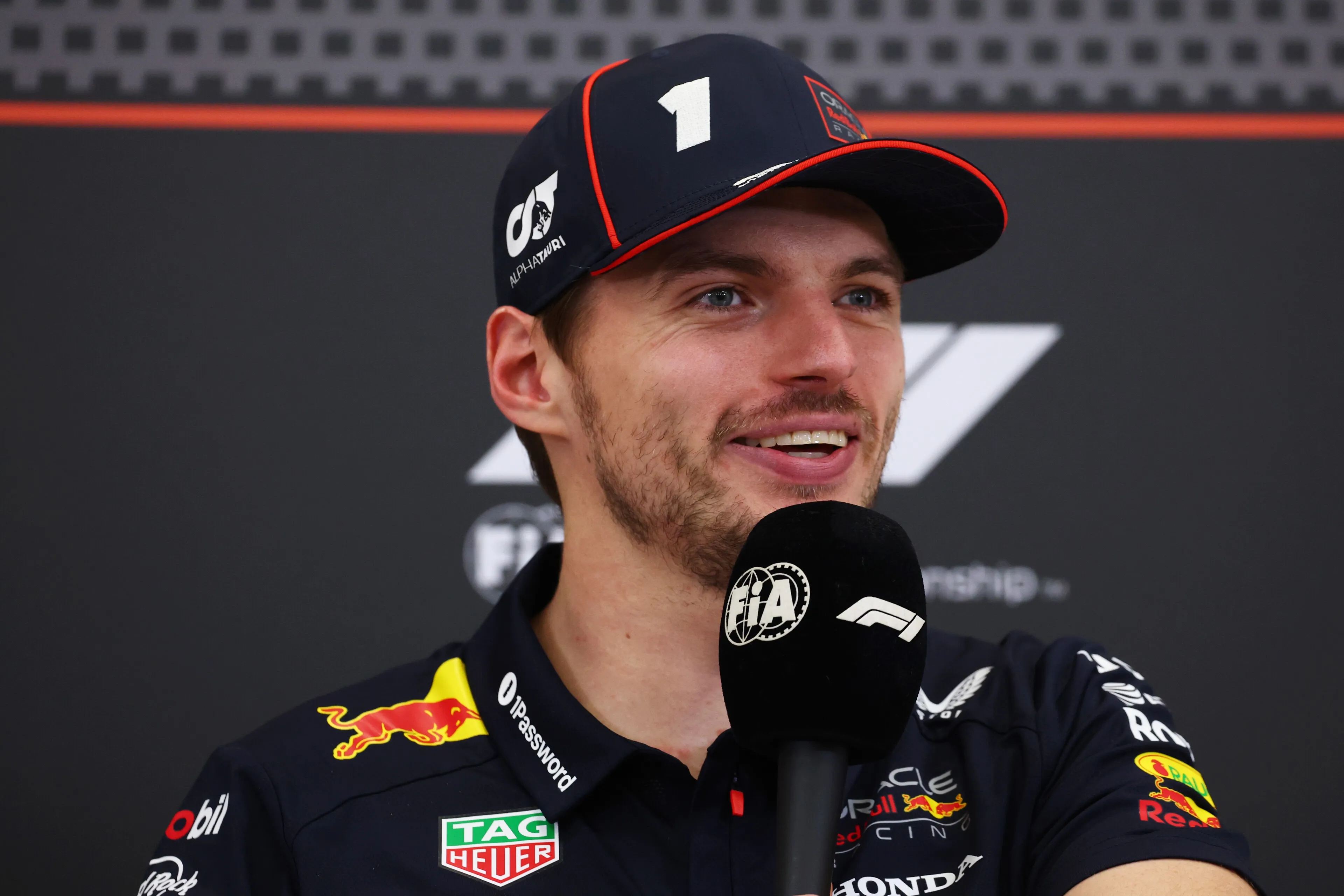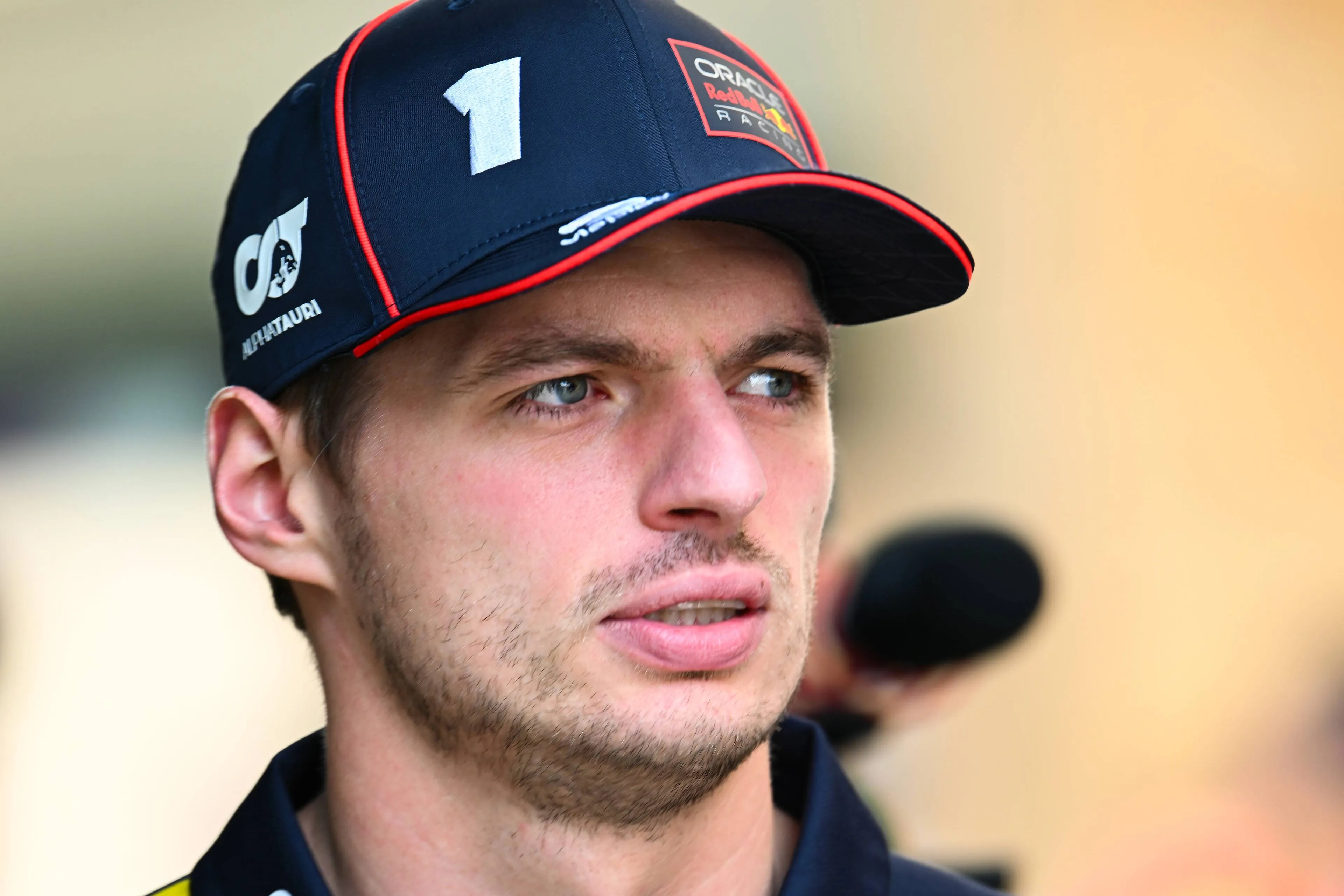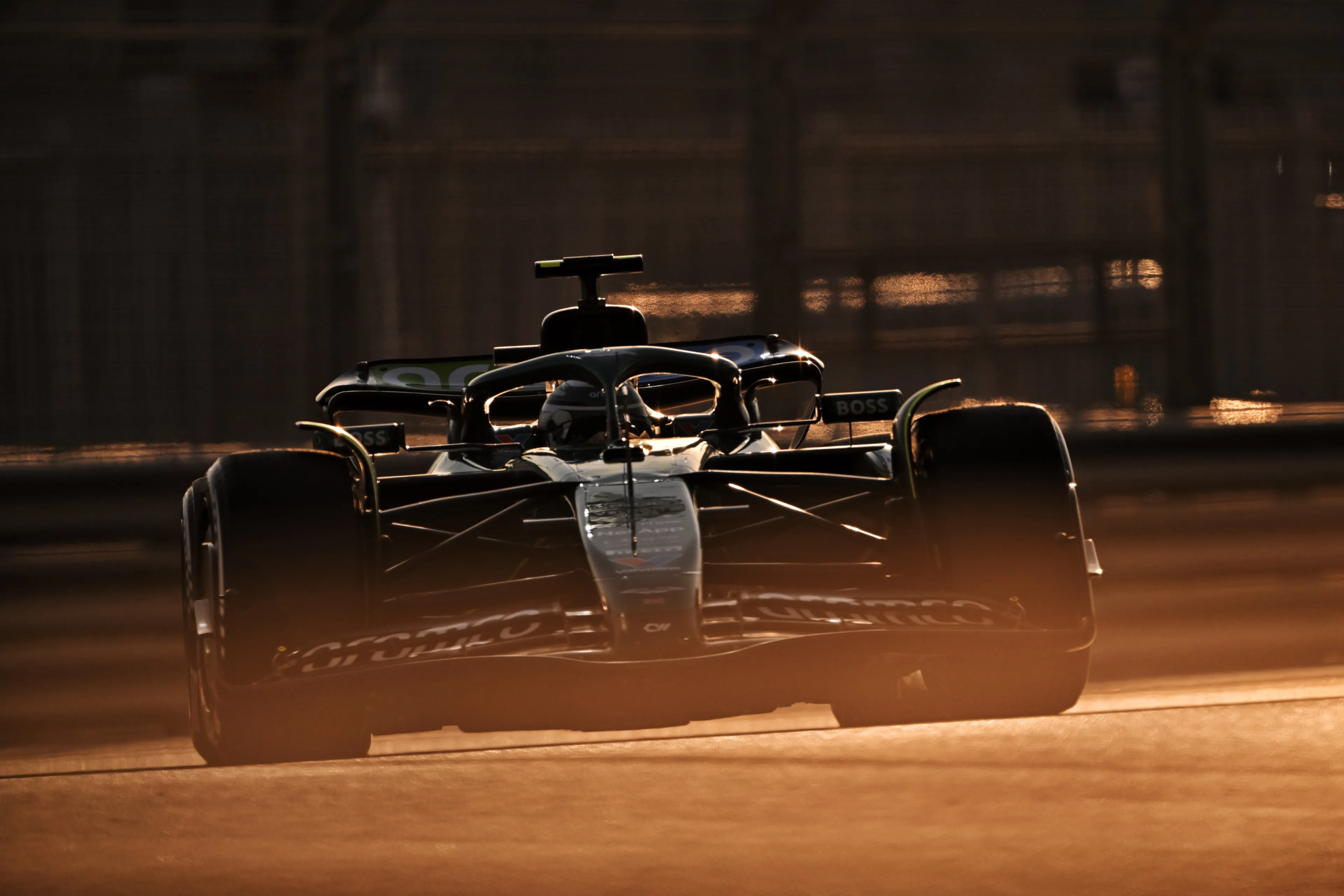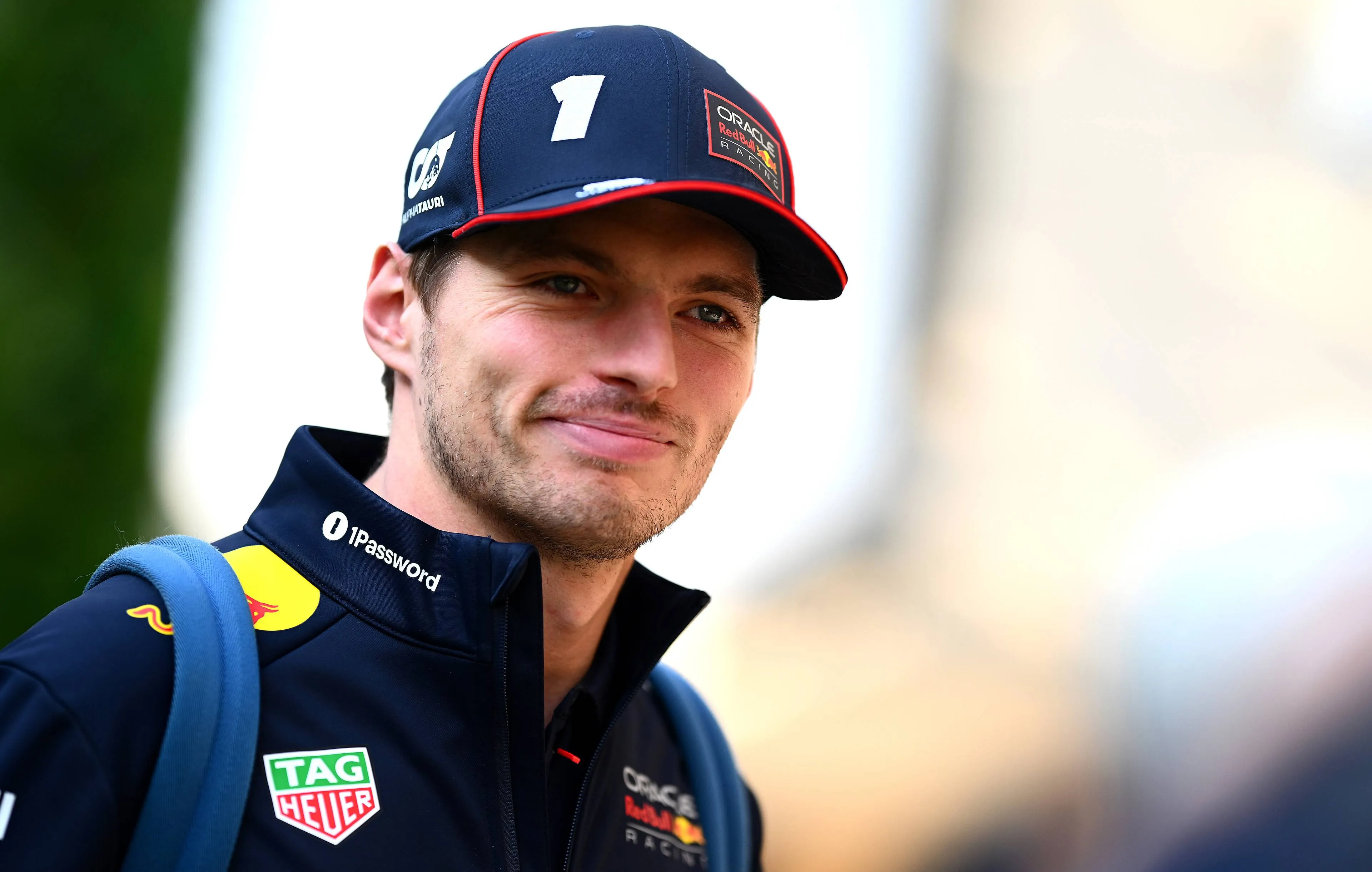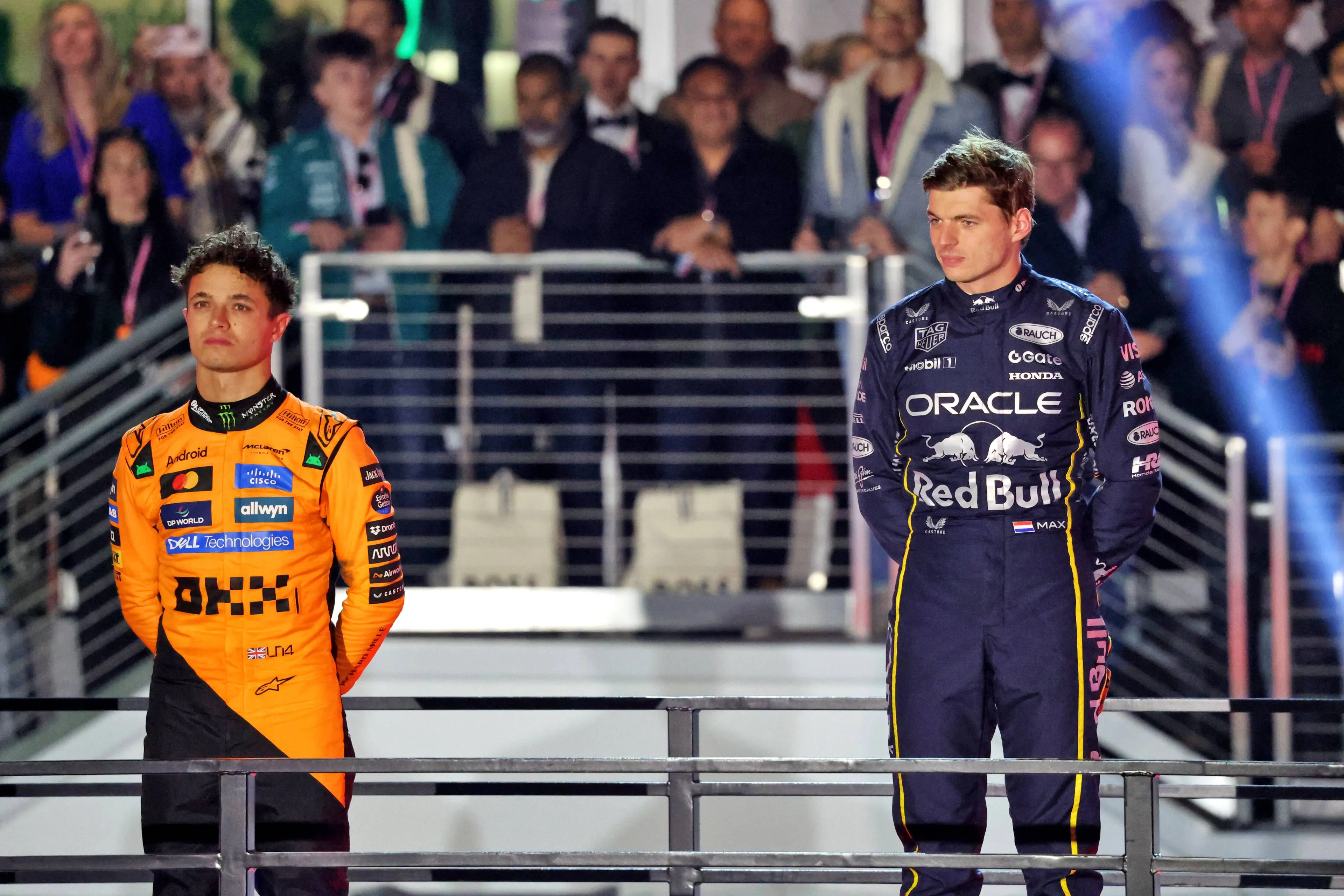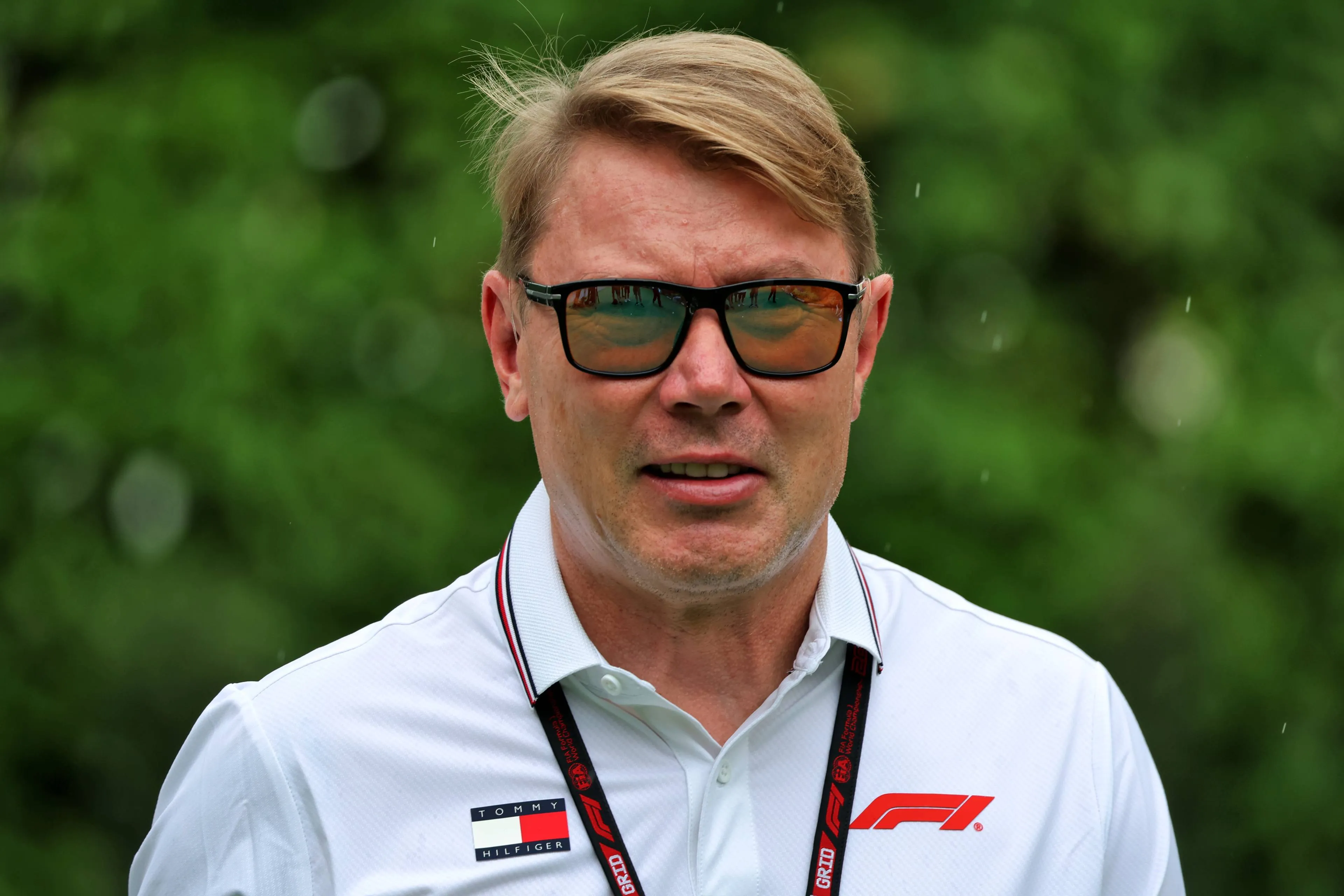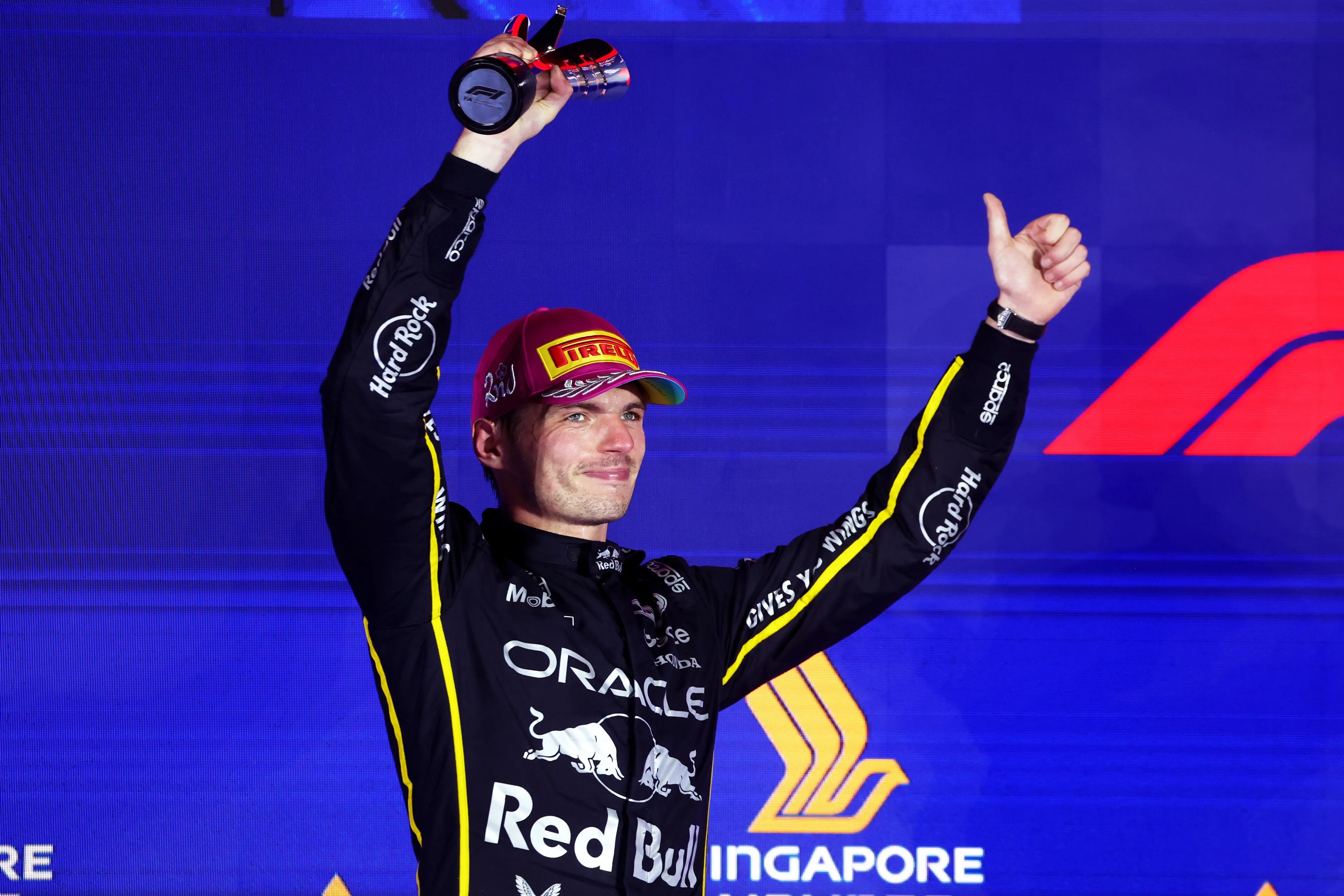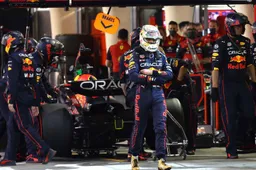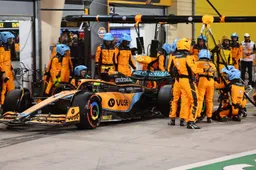F1 Bahrain Data | Ferrari better in medium speed corners, big tyre delta
13:00, 21 Mar 2022
1 Comments
Ferrari completed their first one-two victory since September 2019 and now lead the World Championship. Mercedes managed to limit the damage as much as possible, as Red Bull recorded a double DNF despite looking likely for a hefty points finish. Here is what we have learned from the Bahrain Grand Prix.
Duel in the desert
After the first set of pitstops, Charles Leclerc and Max Verstappen started to re-enact Lewis Hamilton and Nico Rosberg’s famous duel in Bahrain. For three laps, the two drivers passed each other in what ultimately demonstrated how the cars can follow each other this season.
It was a fantastic battle. The data and telemetry highlighted that Leclerc had a tactical advantage over the Dutch World Champion. On the home straight, Leclerc purposely avoided 8th gear and was around 15km/h down on his own 'usual' speed without DRS going into turn one. The Ferrari therefore almost purposely let Verstappen through at turn one, so he could have DRS advantage and the slipstream going into turn four. It’s perhaps a surprise that Verstappen didn’t think about this and waited to make the overtake at turn four rather than turn one.
Hamilton and Verstappen exchanged in a similar battle towards the end of last season’s Bahrain Grand Prix that proved to be a foreshadowing of the whole season. This year, it’s almost certain that the narrative will be between Leclerc and Verstappen. Perhaps this battle is a sign of things to come over the next 23 Grands Prix.
Comparing the two drivers' fastest laps on the telemetry and an interesting notation can be made on the medium speed corners in the second sector. Leclerc had far better accelaration out of the medium speed corners, suggesting the Ferrari has better traction. Ferrari, at turn 6/7 and turn 12 had 12km/h advantage over Red Bull suggesting there is extra downforce on the Italian car.
Positions gained/lost
With three drivers falling heavily from the top 10 due to retirements, the positions gained/lost table is a bit of an anomaly. Outside of the three retirements, only two drivers lost places in the Grand Prix with a further three not gaining or losing.
There’s one highlight: Lando Norris. The British driver outperformed the McLaren car in qualifying and was actually the highest Mercedes customer car on the grid. But it all went south from there. In the end, Norris finished in 15th place behind his teammate Daniel Ricciardo. A painful result for him and McLaren, whose alternative strategy to start on the medium tyres didn’t work.
Valtteri Bottas did well to work his way up to net zero. The Finnish driver struggled with his starts at Mercedes, and his first for Alfa Romeo wasn’t good either. He dropped to P14 before the opening lap was completed. On the other hand, Lance Stroll and Yuki Tsunoda made strong advances through the race. George Russell’s gain of five places also proves his Mercedes car is better than P9 after a mistake at turn one in Q3.
Tyres
The tyres are different in 2022. 18 of the 20 drivers were forced into three stops compared to the year before when only six drivers stopped for a second time. The high deg on these tyres makes strategy more interesting.
With Formula 1 in the process of phasing out the tyre blankets, the temperatures were a little bit cooler in Bahrain. This became visible when a number of drivers came out of the pits and struggled to find grip in the opening sequence of turns.
The hard tyres didn’t work well. Even though the hard compound are meant to last longer, they were ditched by the few that used them early. The longest stint on the hards was completed by Russell, who recorded 18 laps. Six laps fewer than the longest stint on the medium tyre. The time gap between the three compounds was huge. There's a delta of around 1-2 seconds between each tyre.
| Fastest Soft Tyre Laps | Fastest Medium Tyre Laps | Fastest Hard Tyre Laps |
| 1:34.570 (Leclerc) | 1:36.347 (Verstappen) | 1:37.324 (Gasly) |
| 1:35.440 (Verstappen) | 1:36.399 (Leclerc) | 1:37.995 (Alonso) |
| 1:35.740 (Sainz) | 1:36.454 (Sainz) | 1:38.089 (Russell) |
At the start of the race, Hamilton was able to hang onto Sainz for a signficant amount of time. After the pitstops, Mercedes demonstrated good pace for a handful of laps. But the tyre degradation on the W13 is serious, as they themselves have admitted.
In the first stint on the softs, Hamilton lapped 4-5 tenths slower than Leclerc. By lap six, the time gap had jumped up to one full second. The British driver, who is reknown for quality tyre management, was the first top pit after being two seconds off the pace on laps nine and ten. This is something Mercedes will need to fix quickly if they want to compete for the 2022 title.
More headaches for Mercedes
In Formula 1, a number of different things can affect the maximum time through a speed trap. This includes a slipstream from a car in front having a positive effect, or a certain aero package also causing problems and therefore a negative effect on the quickest speed. The porpoising that Mercedes experienced would also slow them down as they lose performance through the straights.
The speed trap is located just before the turn 1 braking zone, at 158m from the corner. This is an area that really troubled Mercedes' porpoising during testing and Friday practice, with sparks often seen spraying from the rear of the W13 at regular intervals.
However, a similar trend can be identified in qualifying. Five of the bottom six are filled by Mercedes powered cars. Quite frankly, the Aston Martin drivers are well off the pace in the speed trap coming in at 3km/h slower than Mercedes themselves, and 13km/h slower than Sergio Perez. The top is locked out by Red Bull powertrains, with the Renault engine taking third and fourth. The race didn't make better reading for Mercedes. The bottom six that finished were all powered by Mercedes engines.
Read more about:
Popular on GPBlog
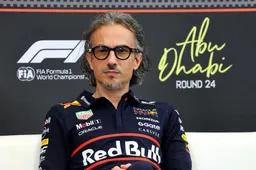
1
Red Bull Racing director steps down, only Mekies remains in charge
31605 times read

2
F1 Today | Red Bull Racing Director steps down, 'Ferrari faces Hamilton and Leclerc's exits'
16447 times read

3
Red Bull driver beats Verstappen and Kelly Piquet to it and is getting married
6796 times read
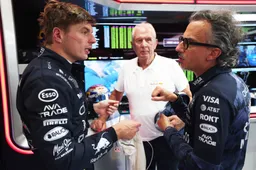
4
Red Bull confirms 'successor' to Marko within its successful Junior Team
5926 times read
Loading
